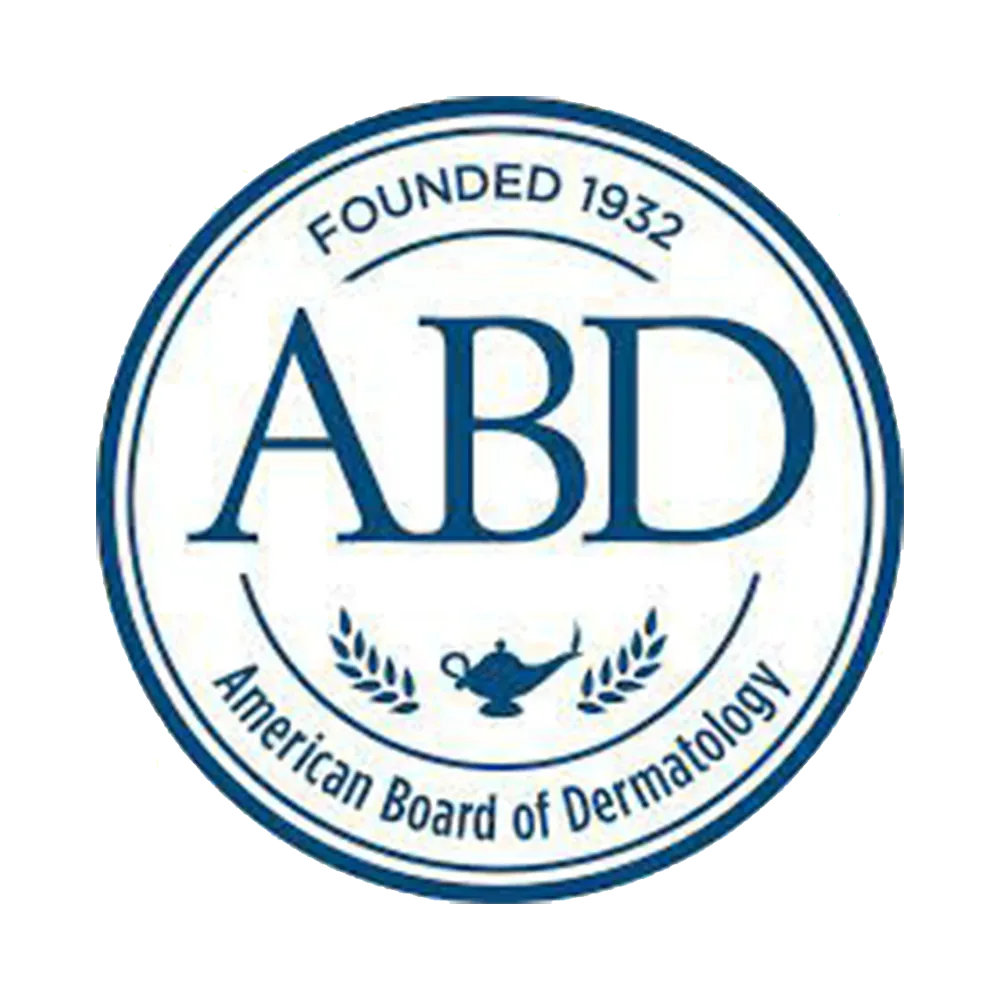Photo-Dynamic Therapy
Lighting the Way to Better Skin
The Rise of Photo-Dynamic Therapy
In an era of constant innovation and technological advancements, a new hero has emerged in the world of dermatology: Photo-Dynamic Therapy (PDT). This light-based treatment has become a significant player in managing various skin conditions, making waves for its efficacy and versatility.
PDT is a two-step treatment process that uses light-sensitive drugs (photosensitizing agents) and a light source to destroy abnormal cells. The photosensitizing agent is applied to the skin and absorbed by the abnormal cells, where it is then activated by the light source, causing a reaction that destroys these cells.
PDT is especially effective in treating precancerous skin lesions, known as actinic keratoses (AK), as well as certain types of non-melanoma skin cancers. Moreover, it has been shown to be successful in managing acne, rosacea, and sun damage, offering broad-spectrum benefits for a range of skin concerns.
Photo-Dynamic Therapy
One of the distinguishing features of PDT is its targeted action. The photosensitizing agent is primarily absorbed by abnormal cells, allowing for precise treatment with minimal impact on healthy skin. This ensures fewer side effects compared to other treatment modalities, making PDT a particularly attractive option for many patients.
The treatment process is generally well-tolerated. It may cause a tingling or burning sensation during the light activation phase, but this is typically transient and manageable. Post-treatment, patients may experience redness, swelling, and crusting of the treated area, which usually resolves within a week.
Following PDT, strict sun protection is necessary, as the skin becomes temporarily more sensitive to light. A comprehensive post-care routine, including the application of a broad-spectrum sunscreen, is critical to maintaining the health of the treated skin and optimizing the results.
PDT is not a one-size-fits-all treatment, and a consultation with a dermatologist is crucial to determine its appropriateness. Factors such as skin type, the severity of the condition, and patient’s medical history are important considerations in crafting a personalized treatment plan.
The cost of PDT varies depending on several factors, including the severity of the skin condition, size of the treatment area, and geographic location. Given the significant benefits it offers, many patients consider PDT a worthwhile investment in their skin health.
In the journey towards healthier skin, PDT illuminates a promising path. Its targeted action, broad range of applications, and relatively low side effects underscore its potential as an essential tool in modern dermatology.
The road to flawless, rejuvenated skin is no longer a secret. With the advent of sophisticated dermatological technology, the dream of reversing signs of aging, and improving skin texture and tone, is now within reach. Standing tall among these technological advancements is CO2 laser resurfacing, a procedure making waves in the realm of aesthetic medicine.
CO2 laser resurfacing leverages the power of light and heat to create micro-injuries on the skin’s surface, triggering the body’s healing process. This results in the production of new collagen and elastin – the proteins responsible for skin’s elasticity and strength, eventually leading to smoother, firmer, and younger-looking skin.
The treatment is potent against a variety of skin concerns. It’s a formidable player in the fight against wrinkles, fine lines, and sun damage. It also combats acne scars, age spots, and uneven skin texture or pigmentation. And let’s not forget its efficacy in tightening skin and shrinking pores, truly a panacea for multiple skin woes.
Fractional CO2 laser resurfacing is a newer iteration of the procedure, breaking the laser energy into thousands of tiny beams to treat a fraction of the skin in the target area at a time. This technique, often referred to as “fractional photothermolysis,” provides similar results to traditional CO2 resurfacing, but with fewer side effects and a shorter recovery period.
Like any medical procedure, CO2 laser resurfacing isn’t without its risks. Temporary side effects can include redness, swelling, and a sensation similar to sunburn. More serious complications, although rare, include infection, scarring, or changes in skin color.
Treatment preparation often involves a series of skincare steps starting weeks in advance to prepare the skin and reduce potential risks. Post-treatment care is equally vital, requiring diligent sun protection and a specific skincare routine to promote healing and maximize results.
CO2 laser resurfacing may not be suitable for everyone. Those with darker skin, certain skin conditions, or taking specific medications may face higher risks. It’s crucial to discuss your medical history and skincare goals with a knowledgeable provider to determine if this treatment is the right fit for you.
While cost may be a consideration — with treatments typically ranging in the thousands, it’s important to remember that the investment is in expertise as well as technology. A trained, experienced provider can skillfully tailor the treatment to your unique skin needs, delivering safe, effective results.
In the quest for radiant, youthful skin, CO2 laser resurfacing presents a promising solution. With its ability to address multiple skin concerns in a single procedure, it’s more than a trend – it’s a testament to how far aesthetic medicine has come.
The journey to a more confident you starts with one decision. That is the decision to get treated, why wait Book Online today? If you’re on the fence or have questions brewing, remember: We at Sullivan Dermatology are always here to help.
Videos
Photo-Dynamic Therapy
If you’re looking for a non-invasive and effective treatment for various skin conditions, Photo Dynamic Therapy (PDT) might be the ideal solution for you. PDT is a versatile procedure that can address a range of concerns, including acne, precancerous lesions, sun damage, and certain types of skin cancer. Let’s explore how PDT works, what you can expect during the treatment, and the remarkable results it can achieve.
PDT involves the use of a photosensitizing agent, usually a topical medication called a photosensitizer, and a light source. The process consists of three key steps:
- Photosensitizer application: A photosensitizer is applied to the treatment area, whether it’s the entire face or specific lesions. This medication is designed to target and accumulate in abnormal or damaged cells.
- Incubation period: After the photosensitizer is applied, a waiting period of several minutes to a few hours is necessary. This allows the medication to be absorbed by the targeted cells while leaving healthy cells unaffected.
- Light activation: Once the incubation period is complete, a specific wavelength of light is applied to the treated area. The light activates the photosensitizer, leading to the production of reactive oxygen species that destroy the targeted cells.
The results of PDT can be quite impressive. Here are some of the benefits you can expect:
- Improved skin texture and tone: PDT can help rejuvenate the skin by reducing fine lines, wrinkles, and acne scars. It promotes collagen production, resulting in a smoother, more youthful complexion.
- Reduction of acne and sebaceous gland activity: PDT targets the bacteria responsible for acne, reducing inflammation and controlling breakouts. It also decreases sebaceous gland activity, leading to a reduction in excess oil production.
- Treatment of precancerous lesions and skin cancer: PDT can effectively address actinic keratosis (precancerous lesions) and certain types of skin cancer, such as superficial basal cell carcinoma. It selectively destroys abnormal cells while sparing healthy tissue.
- Minimized sun damage and hyperpigmentation: PDT can target areas of sun damage and reduce the appearance of hyperpigmentation, including age spots, sunspots, and freckles. This leads to a more even skin tone and a brighter complexion.
- Non-invasive and minimal downtime: One of the major advantages of PDT is its non-invasive nature. It typically requires little to no downtime, allowing you to resume your daily activities immediately after the procedure.
PDT is a safe and effective treatment option, but it’s important to consult with a qualified healthcare professional to determine if you’re a suitable candidate. They will evaluate your skin condition, medical history, and goals to create a personalized treatment plan that maximizes the benefits of PDT for you.
In conclusion, Photo Dynamic Therapy is an ideal solution for individuals seeking a non-invasive treatment for various skin concerns. Its ability to target and destroy abnormal cells while leaving healthy tissue intact makes it a versatile and effective option. Whether you’re dealing with acne, precancerous lesions, or sun damage, PDT can help you achieve remarkable results. Consult with a healthcare professional to learn more about this innovative treatment and determine if it’s the right choice for you.
FAQs About Photo-Dynamic Therapy (PDT)
PDT is a treatment that uses light-sensitive drugs and a light source to destroy abnormal cells. It's particularly effective in treating various skin conditions including precancerous lesions, certain types of skin cancer, acne, rosacea, and sun damage.
In PDT, a photosensitizing agent is applied to the skin, which is absorbed by abnormal cells. When exposed to a specific type of light, the agent is activated, causing a reaction that destroys these cells.
PDT can treat a variety of skin conditions, including actinic keratoses (precancerous lesions), certain types of non-melanoma skin cancers, acne, rosacea, and sun damage.
During PDT, a photosensitizing agent is applied to the skin and left to incubate for a period of time. Then, the treated area is exposed to a light source to activate the agent. The process may cause a tingling or burning sensation.
Post-PDT, patients may experience redness, swelling, and crusting, which usually resolves within a week. Strict sun protection is necessary as the skin becomes temporarily more light-sensitive.
PDT is a versatile treatment that can be effective for many skin types. However, a consultation with a dermatologist is crucial to assess the appropriateness of PDT for each individual patient.
The cost of PDT varies depending on the severity of the skin condition, size of the treatment area, and geographic location.
The number of treatments required varies based on the skin condition being treated. Some conditions might need multiple sessions, while others may show significant improvement after just one treatment.
While PDT is generally safe, potential side effects can include temporary redness, swelling, and light sensitivity. It's important to discuss potential risks with your provider to ensure PDT is the right treatment for you.
PDT should be performed by a trained healthcare provider or a dermatologist. Always choose a reputable clinic or medical center to ensure the procedure is performed safely and effectively.





